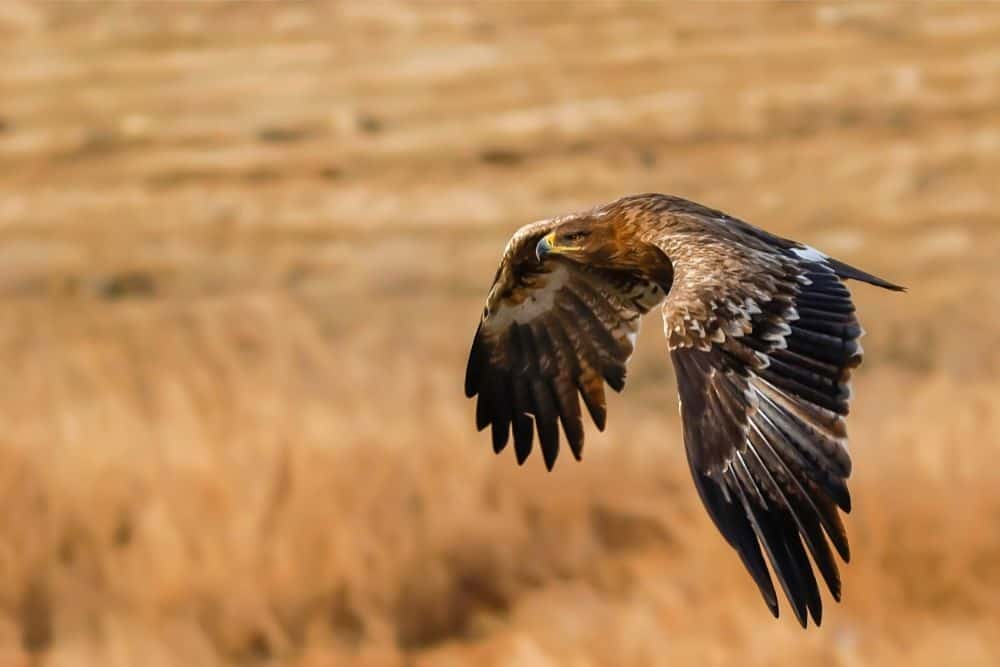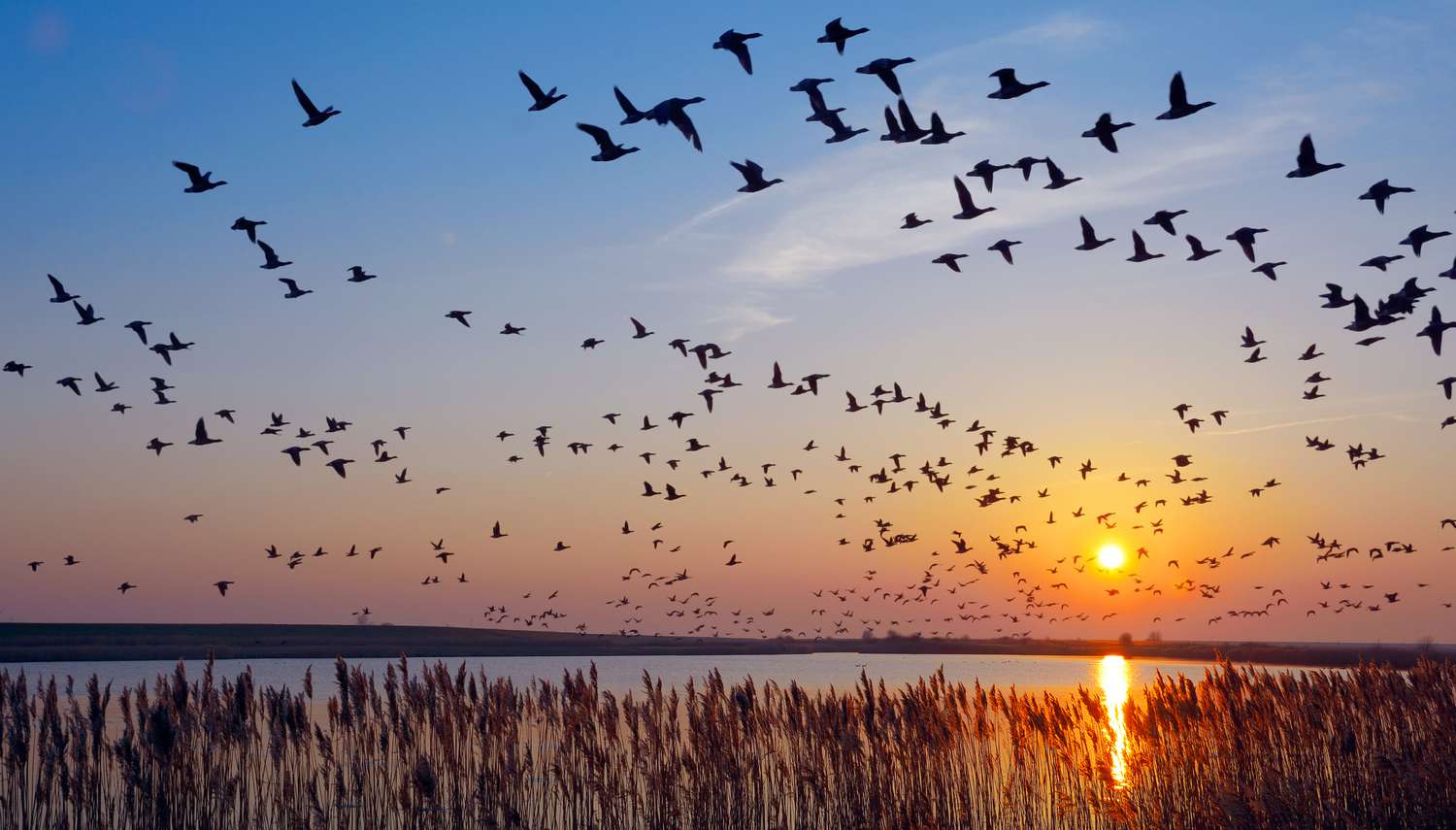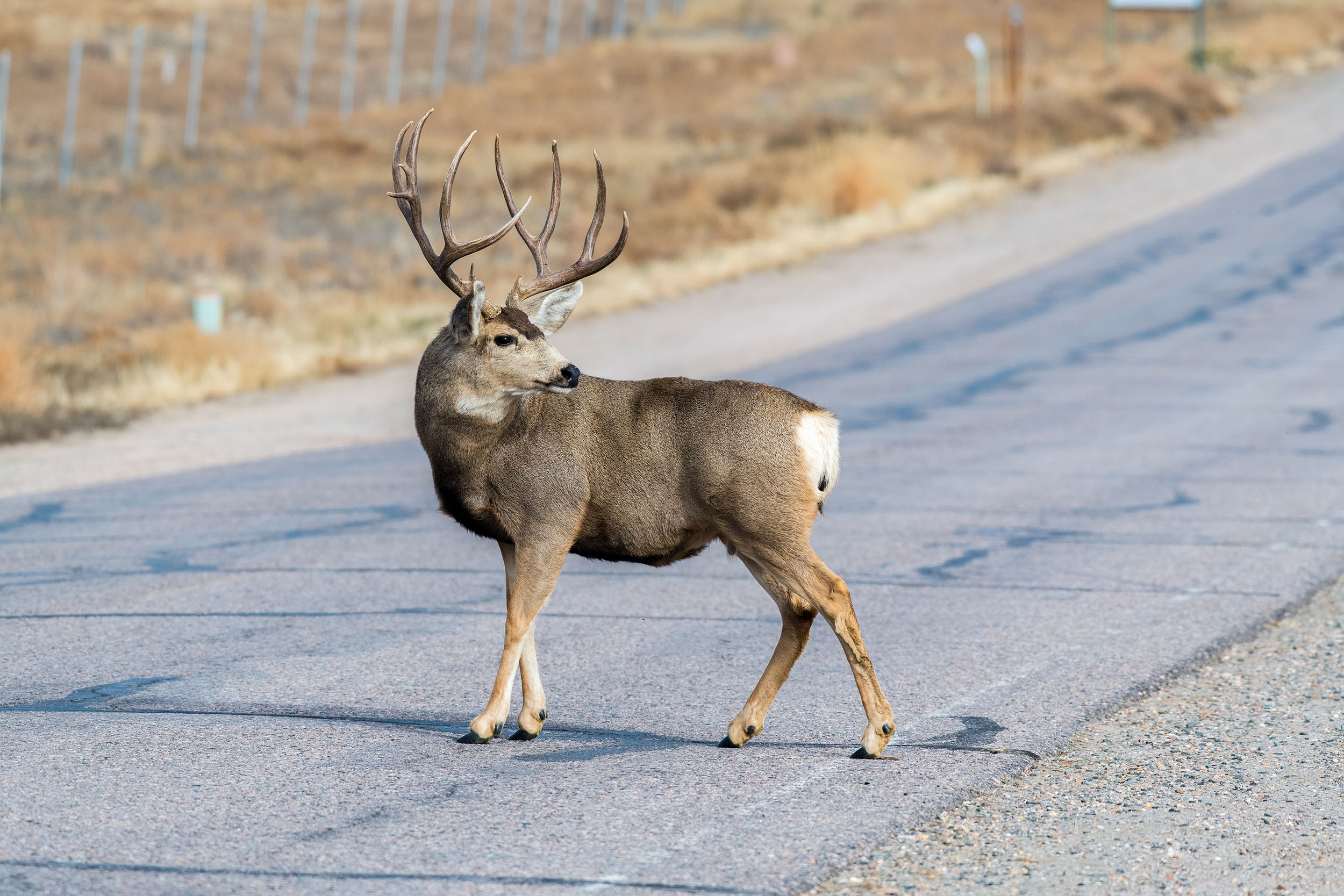- Across the globe, millions of animals undertake extraordinary journeys each year, moving across continents and oceans in search of food, favorable climates, or safe breeding grounds.
- Yet despite their importance, migratory species are under mounting pressure.
Across the globe, millions of animals undertake extraordinary journeys each year, moving across continents and oceans in search of food, favorable climates, or safe breeding grounds.
Migration is not confined to birds alone; mammals such as whales, wildebeest, elephants, and bats, along with species of fish, turtles, and even insects like butterflies and dragonflies, rely on seasonal movement to survive. These journeys are not only a marvel of nature but also a process that sustains ecosystems and human well-being on a global scale.
Migratory animals are central to maintaining the balance of ecosystems. Their movements transfer nutrients and energy across regions, with whales, for example, fertilizing surface waters as they move between feeding grounds, boosting ocean productivity.
On land, vast herds of wildebeest in East Africa cycle nutrients by grazing and trampling grasslands, ensuring soil renewal and supporting other species. Migratory birds and bats regulate insect populations across wide areas while also dispersing seeds, aiding in forest regeneration and sustaining agricultural systems.
Even their ability to shift ranges helps buffer ecosystems against the pressures of climate change by ensuring species can relocate to suitable habitats rather than face local extinction.
Read More
The benefits of migration extend beyond ecology to human societies. Iconic journeys such as the annual wildebeest migration in the Maasai Mara are not only natural wonders but major economic drivers, drawing hundreds of thousands of tourists and generating significant revenue.
In coastal and riverine communities, migratory fish, like salmon and tuna underpin both commercial and subsistence fisheries, providing food security and livelihoods. For many cultures, migratory animals are also woven into traditions, stories, and spiritual practices, underscoring their cultural as well as ecological significance. Migration therefore links people and nature across borders, making it a shared heritage of humanity.
Yet despite their importance, migratory species are under mounting pressure. The United Nations report on the State of the World’s Migratory Species released in 2024 revealed that of the 1,189 species recognized under international protection, more than 20 percent are threatened with extinction and about 44 percent are experiencing population declines.
Freshwater migratory fish populations, in particular, have plummeted by over 80 percent since 1970, largely due to dams, habitat fragmentation, and pollution. A review of critical sites showed that 58% of areas essential to Convention on the Conservation of Migratory Species of Wild Animals (CMS)-listed species face unsustainable levels of human pressure, threatening the very habitats on which their survival depends.
In the past three decades alone, at least 70 migratory species listed under protection have become more endangered, including the steppe eagle, the Egyptian vulture, and the wild camel.

The challenges these animals face highlight why international cooperation is essential. Migration inherently crosses borders, so efforts in one country can be undone if threats persist in another.
It was this recognition that led to the establishment of the CMS, also known as the Bonn Convention. Opened for signature in 1979 in Bonn, West Germany, and entering into force in 1983, the treaty provides a global framework for governments to work together to protect migratory species throughout their life cycles.
The CMS requires countries that share populations of migratory animals, known as range states, to coordinate conservation measures, protect critical habitats, and regulate exploitation. Species most at risk are listed in Appendix I, which mandates strict protections, while Appendix II covers species that benefit from cooperation even if they are not yet critically endangered.
Under the treaty’s umbrella, specialized agreements such as the African-Eurasian Migratory Waterbird Agreement (AEWA), have been developed, tailoring action plans to particular groups. These instruments have enabled countries to harmonize strategies, share data, and jointly tackle threats that no single nation could address alone.
The CMS was created during a time of growing environmental awareness, following the 1972 Stockholm Conference and the establishment of the United Nations Environment Programme. Its adoption reflected a realization that conserving biodiversity required more than national efforts, it required international solidarity.
Today, with climate change intensifying and biodiversity loss accelerating, the CMS stands as a vital mechanism for collective action. By safeguarding migratory animals and the ecosystems they connect, the treaty not only preserves species but also secures the ecological and economic benefits that flow from their remarkable journeys.







